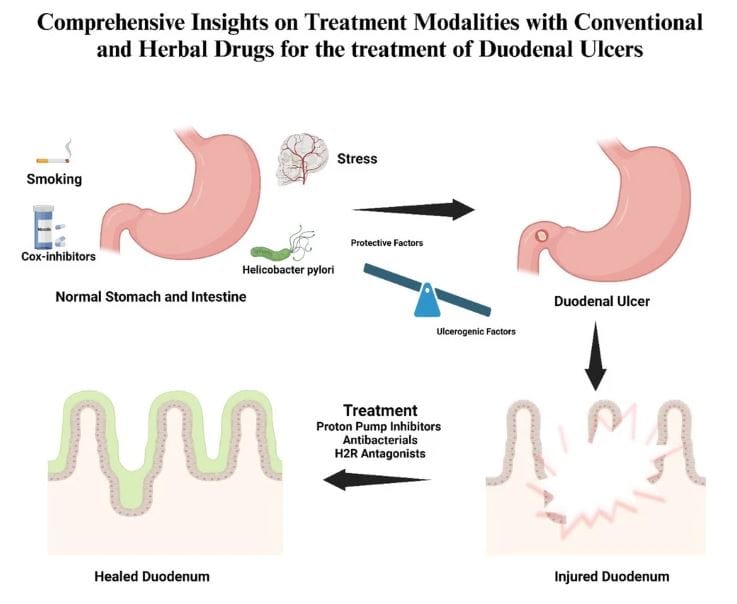Stomach Torment Evaluation in Nursing
is a typical and frequently troubling side effect experienced in nursing work on, crossing a wide cluster of likely determinations from harmless to hazardous circumstances. Stomach Torment Evaluation in Nursing: An Extensive Methodology.

Successful evaluation and the executives of stomach torment are essential in giving ideal patient consideration and further developing results. This article means to offer a thorough outline of stomach torment evaluation, zeroing in on cutting edge nursing rehearses, demonstrative contemplation’s, and the executives techniques.
Grasping Stomach Torment
Stomach agony can emerge from various sources, including gastrointestinal, genitourinary, regenerative, and foundational starting points. It is fundamental to comprehend the pathophysiology hidden stomach agony to direct the appraisal cycle really. Stomach Torment Evaluation in Nursing: An Extensive Methodology.
- Instinctive Torment: Starts from stomach organs. It is frequently depicted as cramps, dull, or hurting and is normally diffuse.
- Substantial Torment: Results from bothering of the peritoneum or stomach wall. It is typically sharp and very much limited.
- Eluded Torment: Torment felt in an area far off from the genuine source, for example, shoulder torment from diaphragmatic bothering.
Introductory Evaluation
Patient History
An exhaustive patient history is central in stomach torment evaluation. Key parts include:
- Beginning: When did the aggravation begin? Was it abrupt or progressive?
- Area: Where is the aggravation found? Does it transmit to different regions?
- Span and Recurrence: How long has the aggravation endured? Is it steady or discontinuous?
- Qualities: How might the patient portray the aggravation (e.g., sharp, dull, crampy)?
- Seriousness: Use torment scales (e.g., 0-10 scale) to check power.
- Irritating and Easing Variables: What exacerbates the aggravation or better? Consider factors like food consumption, body position, or prescription.
- Related Side effects: Queasiness, retching, the runs, stoppage, fever, or weight reduction can give important demonstrative pieces of information.
Actual Assessment
A methodical actual assessment incorporates: Stomach Torment Evaluation in Nursing.
- Assessment: Notice the midsection for widening, scars, or apparent throbs.
- Auscultation: Tune in for entrail sounds (typical, hypoactive, or hyperactive) and vascular sounds (bruits).
- Palpation: Delicately touch the midsection for delicacy, masses, or organomegaly. Survey for bounce back delicacy and watching.
- Percussion: Survey for tympany (demonstrative of gas) or bluntness (conceivable liquid or mass).
Analytic Contemplations
Differential Finding
An exhaustive differential determination ought to think about the accompanying classes:
- Gastrointestinal: An infected appendix, cholecystitis, peptic ulcer sickness, crabby inside disorder.
- Genitourinary: Kidney stones, urinary lot contaminations, pelvic incendiary sickness.
- Regenerative: Ectopic pregnancy, ovarian growths, endometriosis.
- Fundamental: Myocardial dead tissue, diabetic ketoacidosis, stomach aortic aneurysm.
Demonstrative Testing
In light of the clinical appraisal, further analytic testing might be justified:Stomach Torment Evaluation in Nursing: An Extensive Methodology. Stomach Torment Evaluation in Nursing.
- Research facility Tests: Complete blood count (CBC), liver capability tests, renal capability tests, and urinalysis.
- Imaging Studies: Ultrasound, registered tomography (CT) filter, or attractive reverberation imaging (X-ray) to envision stomach structures.
- Endoscopic Strategies: Gastroscopy or colonoscopy for direct perception of the gastrointestinal lot.
High level Evaluation Instruments
Torment Scales and Surveys
Using progressed torment appraisal apparatuses can upgrade the exactness of agony assessment. Instruments, for example, the McGill Torment Survey or Brief Agony Stock give nitty-gritty data on torment attributes and effect on personal satisfaction.
Practical Appraisal
Surveying the effect of stomach torment on everyday exercises and practical status can assist with directing treatment choices and assess results. Stomach Torment Evaluation in Nursing.
The board Procedures
Prompt administration centres around settling the patient and tending to perilous circumstances:
Intense Administration
Relief from discomfort: Regulate analgesics as recommended. Think about both pharmacological and non-pharmacological techniques.
Liquid and Electrolyte in The board: Address lack of hydration or electrolyte lopsided characteristics, particularly in instances of spewing or looseness of the bowels.
Careful Intercession: For conditions requiring careful mediation, guarantee convenient reference and readiness.
Long haul The board
Long haul the board includes tending to the hidden reason and forestalling repeat:
Patient Instruction: Give data on overseeing side effects, dietary alterations, and when to look for clinical consideration. Stomach Torment Evaluation in Nursing.
Follow-Up Care: Timetable standard subsequent meet-ups to screen progress and change treatment plans depending on the situation.
Documentation and Correspondence
Exact and intensive documentation of the appraisal discoveries, demonstrative outcomes, and therapy plans is fundamental for coherence of care. Compelling correspondence with the medical services group and the patient guarantees that all parts of the stomach torment are tended to.
End
Stomach torment evaluation requires a multi-faceted methodology, incorporating point by point patient history, exhaustive actual assessment, and designated symptomatic testing. High level nursing practice includes perceiving and overseeing stomach torment.
As well as grasping its more extensive ramifications on persistent wellbeing and prosperity. By utilizing an intensive and methodical methodology, medical caretakers can essentially add to exact finding, viable administration, and worked on persistent results.
